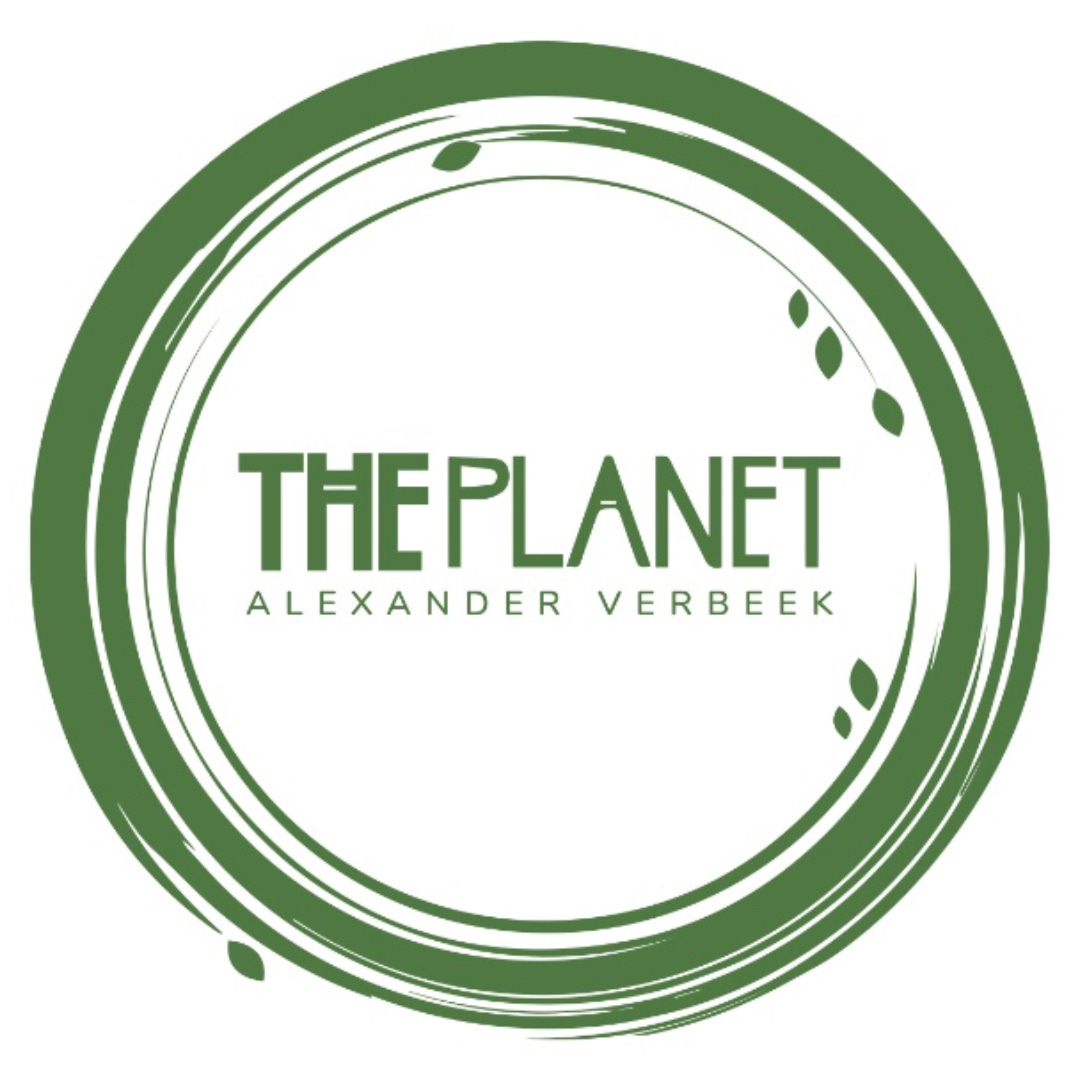This is part 1 in short series of blogs about wastewater that I will publish before 24 December; all based on podcast interviews of the past months with seven experts from all over the world.
Agenda 2030
In September 2015, all 193 Member States of the United Nations General Assembly unanimously agreed to the 2030 Agenda for Sustainable Development (the 2030 Agenda). It is an ambitious plan of action for people, the planet, and prosperity. We are now, seven years later, about midway in the short time we have to reach the ambitions to "end poverty in all its forms," to "shift the world onto a sustainable and resilient path," and to ensure that "no one will be left behind."
If you read today's news, or if you will read tomorrow's news, you don't need more than a few minutes to realize how far we still have to go to reach those ambitions. However, that is not a reason to give up; it should motivate us to do better.
The Agenda 2030 was far more detailed than these broadly formulated ambitions. It established 17 Sustainable Development Goals, often called the SDGs or the Global Goals. And these were further worked out into 169 global targets that should be reached by 2030. It makes an integrated package that balances the social, economic, and environmental dimensions of sustainable development while also seeking to realize human rights for all, and to achieve gender equality and empowerment of all women and girls. You will likely recognize this image of the 17 Global Goals.
SDG 6
When I lived in Stockholm some years ago, I knew the Swedish, NYC-based designer of these images. I remember him explaining to me how he had to adapt his first drafts for SDG 6, which is the SDG that ensures the availability and sustainable management of water and universal access to effective systems for disposing of our waste. He had started with the image of a glass of clean drinking water, but it missed the sanitation aspect. He then added the downward arrow to indicate the flush function of toilets. For most readers, I assume all of you, access to toilets may seem like a fundamental right that is often taken for granted. Yet today, 3.6 billion people worldwide do not have access to adequate facilities, according to the UN. So the simple addition of that downward pointing arrow reminds us of the other 40 percent or more people on this planet who wished they would have access to what we take for granted.
Wastewater
The arrow also stands for the wastewater, the part of the water cycle that we often fail to see: to drink, flush, wash our hands, or cook, we see clean water, but once it leaves our house or our industries, it is often out of sight and out of mind. But as we will hear in the podcasts, wastewater is water too. And therefore, in a time of growing demand and less availability for water, it needs more attention. The water and the "waste" can both be reused. You will hear in the podcasts that nobody is pleased with the negative connotation of waste, while it can just as well be used as a resource.
I have worked on quite a few aspects of water while I was a diplomat. That continued when I started to work independently and was connected to different institutions in Brussels and Stockholm. Most of that work was on transboundary water issues, where countries often share an interest in cooperating on water management on both sides of a border. I also worked on WASH issues, which stands for Water, Sanitation, and Hygiene. But, the other aspect of the water cycle I already mentioned is often overlooked: wastewater.
UN-Habitat
It was part of my studies of urban geography in developing countries, but since then, my focus has been on other aspects of water. However, in the past two years, I got more interested and involved in wastewater issues that combine my interest in the environment, water, health, and, of course, people. It resulted more recently in a series of seven interviews with key experts on wastewater worldwide, where I cooperated with UN-Habitat.
I will share these podcasts with you in a series of short blogs in the next week or so. Then, after Christmas, it's time to move away from the serious subjects, and like in every winter holiday season, I will share more on nature, travel, history, or photography. It will also be an excellent moment to look back and forward to the following year.
Jerry Asumbere in Ghana, West Africa
So to start with this short series of blogs, I will share my first interview, where I was joined in The Planet podcast by Jerry Asumbere, Senior Program Officer at the Environmental Protection Agency in Accra, Ghana. We focussed on data collection and monitoring, which is essential to measure progress and base policies on. Jerry has done a fantastic job in monitoring the wastewater situation in Ghana while working with limited resources. However, he struggled with getting the correct data on the quantities of wastewater and wastewater treated, and that's when a collaboration with UN-Habitat started. A new and relatively small-scale project helped the EPA in Ghana to make estimates of treated and untreated released wastewater. So it became possible to produce national statistics on wastewater quantities for the first time in Ghana. The concept could hopefully also be replicated by other countries in the region.
You can listen to the podcast here:








As the initial interest of many people is the image, it’s wonderful to see these thoughtfully explored, considered and executed designs. I appreciate your voice and persistent efforts.